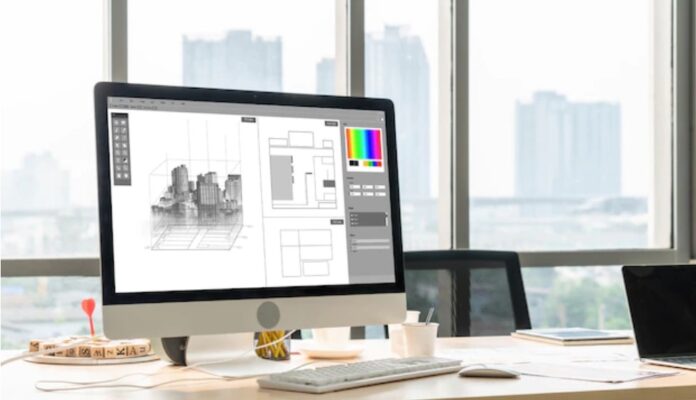Such terms as” web application”,” front-end style”,” Web 2.0″, and” HTML5 apps” have recently become fashionable. Regrettably these terms are typically utilized in a misleading context which does not take into consideration the full specificity of application and also usage of web application style. Today we’ll try to find out even more concerning the sorts of internet application design in the light of the most recent web patterns and crucial concerns that matter to software program owners.
We’ll lay out 3 major sorts of web design and discuss their advantages as well as drawbacks for 3 perspectives: software application proprietor, software thehomesalez professional (developer) and end user. There can be various other kinds yet they basically boil down to these three as their subtypes.
Initially we’ll specify a web application: it’s a client-server application – there is a browser (the client) and also an internet server. The logic of an internet application is dispersed among the web server and the client, there’s a channel for info exchange, and also the information is kept generally on the server. More details depend upon the architecture: various ones disperse the reasoning in various ways. It can be put on the web server along with on the customer side.
It’s near to impossible to examine these totally various styles impartially But we’ll attempt to, utilizing a number of criteria of examination:
Individual:
Responsiveness/Usability. Updates of data on web pages, changing between pages (response time). Such high toprealestatehome qualities of interface as splendor and intuitiveness being used.
Linkability. Ability to conserve book marks and links to various areas of the website.
Offline job. Speaks for itself.
Programmer:
Speed of development. Enhancement of brand-new functional features, refactoring, parallelizing the advancement procedure between developers, design designers, and so on.
Efficiency. Maximum speed of response from the web server with minimum usage of computation power.
Scalability. Capability to boost computation power or disc room under increases in quantities of details and/or number of users. In case the assigned scalable system is made use of, one should give data consistence, schedule and partition resistance (CAP theory). It’s also worth noting that the instance, when the number of features/screens of the thehousetips customer app is raised at the software program proprietor’s request, depends on the structure as well as execution instead of the sort of internet architecture.
Testability. Opportunity and ease of automated device screening.
Software program owner:
Useful extendability. Adding performance within minimal time and budget.
SEO. Users have to have the ability to locate the application via any type of internet search engine.
Assistance. Expenditures on app facilities – hardware, network framework, maintenance team.
Security. The software program proprietor should be sure that both company data as well as information regarding users are maintained protected. As the main security requirement we’ll take into consideration the possibility of modifications in functionality of application actions on the client side, and all associated threats. Requirement risks coincide for the contrasted architectures. We do not consider security on the ‘server-client’ channel, since all these designs are equally subjected to burglaries – this network can be the same.
Conversion: site – mobile or desktop thehomedezigns computer application. Opportunity to release the application on mobile markets or to make a desktop application from it with marginal additional expenses.
Some of these criteria might seem imprecise, but the objective of the post is not to show what’s great and also what’s bad. It’s even more of a thorough review that reveals the possible alternatives of choice.
Let’s detail three main types of internet applications according to the roles done by the server and the client internet browser.




